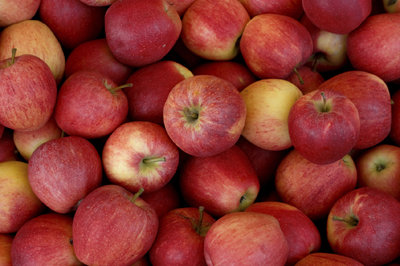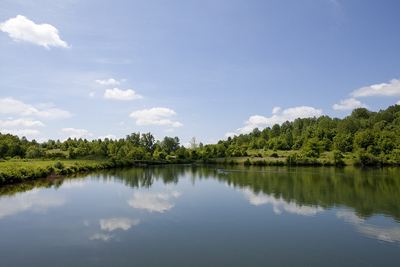Check out the Bird Habitat Guide to learn how you can enhance bird habitat in your backyard.
The Piedmont is home to over 140 species of birds that breed in the area, but many of these bird populations have declined in recent decades due to loss of habitat and degradation.
PEC recently teamed up with the American Bird Conservancy to produce a Bird Habitat Guide that offers tips on how you can enhance bird and wildlife habitat on your property.
Whether you have a large farm or small backyard, you can help a variety of birds to thrive through simple changes such as leaving a fence row to grow unkempt or allowing part of your yard to grow up in native grasses rather than mowing.


